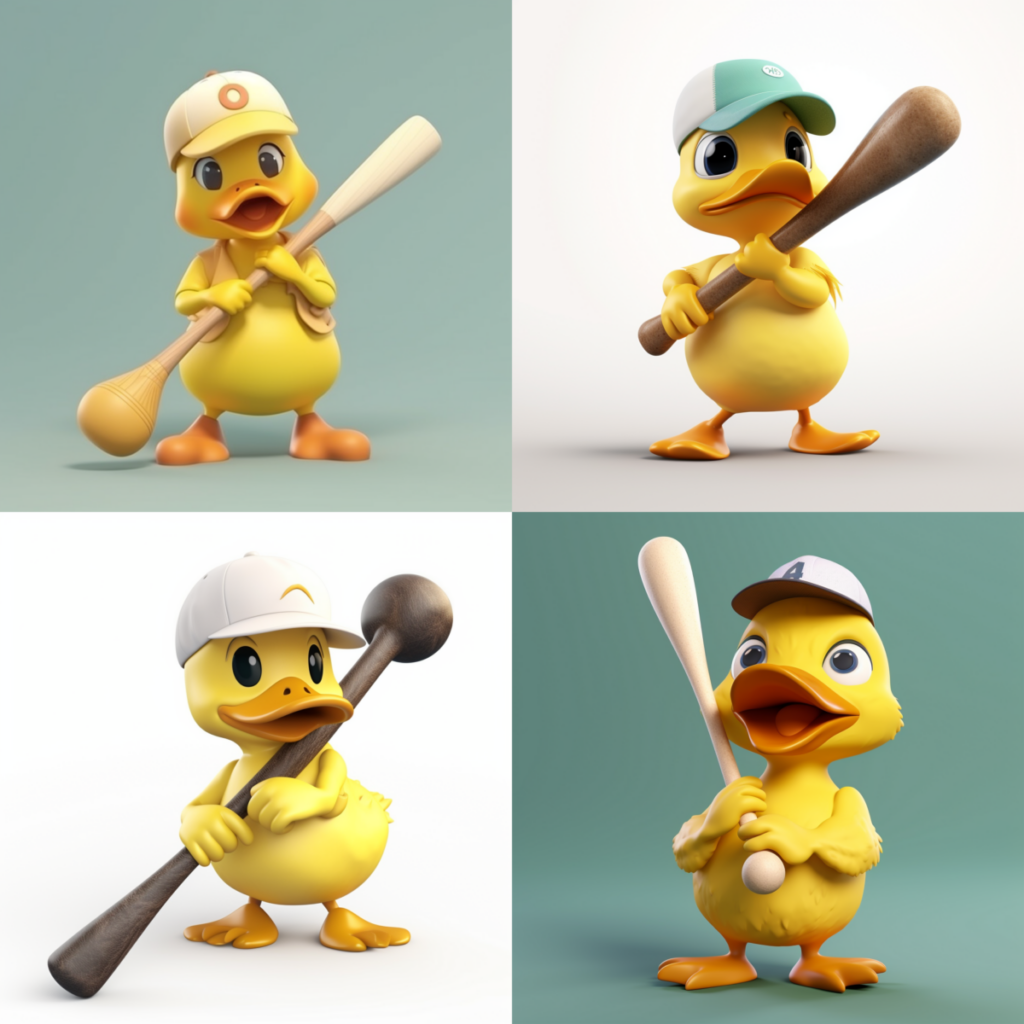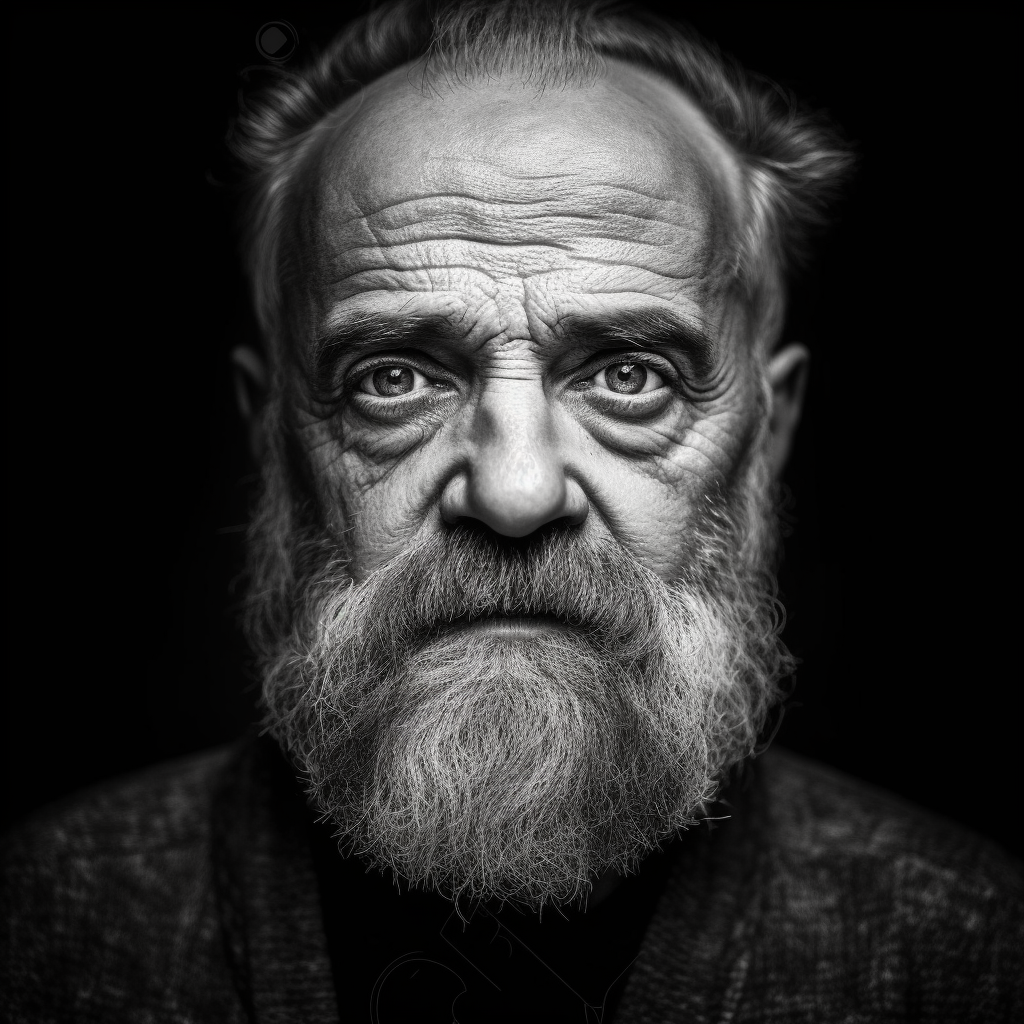
What is Midjourney 5?
There has been nothing short of an explosion in generative AI art services over the past year. Type a short text prompt, wait a minute or so, and get pictures back of what you asked for. Midjourney 5 is the latest version of what is – in my opinion – the standout leader in the field of AI art. Here’s what you need to know about Midjourney 5.
Is Midjourney free?
There used to be a free trial accounts for Midjourney, but these have been suspended at the time of writing. Instead, you’ll have to pay a minimum of $10 per month (excluding taxes) to use the service. That buys you around 3 hours and 20 minutes of time generating images, and each set of images takes around a minute to generate. There are more expensive tiers with a greater time allowance, if needed.
How much does Midjourney AI cost?
We answer this question in detail in the Midjourney 5 cost section of a separate article (including an explanation of “fast” and “relax” GPU time), but repeat the table here:
| Basic plan | Standard plan | Pro plan | |
| Monthly sub cost | $10 | $30 | $60 |
| Annual sub cost | $96 ($8/month) | $288 ($24/month) | $576 ($48/month) |
| Fast GPU time | 3.3hrs/month | 15hrs/month | 30hrs/month |
| Relax GPU time | x | Unlimited | Unlimited |
| Extra GPU time | $4/hour | $4/hour | $4/hr |
How do you use Midjourney 5? And is Midjourney only available via Discord?
Midjourney is a strange beast. You don’t access the service through its own website or a dedicated app, but via the Discord chat service. So, before you do anything you’ll need to sign up for a free Discord account. You’ll probably want to download the Discord app on your computer or phone too, although it is accessible via a web browser.
Once you’ve got your Discord account sorted, head over to Midjourney.com and create an account.
Once you’ve been admitted to the Midjourney Discord server, starting to generate your own images is a doddle. Start a direct message with this Midjourney Bot (you’ll find it by clicking on the direct messages icon in the top-left corner of the Discord screen) and enter an image prompt in the following format:
/imagine image prompt hereSo, if you wanted to create an image of a cartoon duckling carrying a baseball bat, like the one shown below, you might enter the following prompt:
/imagine Illustrated 3D character of a duckling carrying a baseball bat --v 5 And you should get four images returned, like these:

For more tips on generating images – including what that “–v 5” at the end of the prompt above means – read our guide to getting the best art out of Midjourney 5.
Is Midjourney legal?
There’s certainly nothing illegal about using Midjourney. The unresolved grey area emerges when it comes to Midjourney effectively reproducing other people’s intellectual property.
For example, it’s perfectly possible to prompt Midjourney to create an image of Woody from Toy Story sitting on a beach, such as the image below:

However, if you were to use this image to promote your beach holidays website, for instance, you could well expect to be contacted by Disney’s lawyers.
There may be less obvious breaches of intellectual property, such as Midjourney using elements of a photographer’s work in the images it reproduces. Certainly, I’ve seen Midjourney results returned with what appears to be watermarks in the corner, suggesting it has been trained on copyrighted material.
In short, you may want to consult a lawyer before using any Midjourney output for business purposes, as copyright laws are complex and vary from region to region.
Can I sell what I create with Midjourney?
Midjourney’s terms of service state that you “own all Assets You create with the Services, to the extent possible under current law”.
The exception to this is upscaling (ie. creating a higher resolution version of) other people’s work that you may have stumbled across on Discord. However, there’s nothing to stop you copying the prompt that they used to create their work, altering it slightly and claiming the work as your own.
To be clear, Midjourney’s terms state: “Midjourney is an open community which allows others to use and remix Your images and prompts whenever they are posted in a public setting. By default, Your images are publically viewable and remixable. As described above, You grant Midjourney a license to allow this.”
There are a couple of practical barriers to selling what you create with Midjourney. First, the default output of Midjourney is reasonably low resolution (1,024 x 1,024), which isn’t high enough resolution for printing at size. You may be able to use upscalers to improve the resolution.
The second barrier is legal: as mentioned above, question marks may hang over who owns the intellectual property, especially when it comes to identifiable characters, brands or people.
Is MidJourney better than Dall E?
Dall E is arguably the best known generative AI service, coming from the same stable as ChatGPT.
However, its AI art is less impressive than its text responses. While all AI art services have their flaws, Dall E seems to particularly struggle with faces. It’s not uncommon to see results such as this from Dall E.

Whereas Midjourney generally excels at creating photographic-quality faces with few obvious visual flaws, such as:

Much depends on how you refine the text prompts for either service, but as a rule of thumb, I would say Midjourney 5 delivers the more consistent, more creative and visually stunning results. At least, for now!
Who competes with Midjourney?
This is a rapidly growing and highly competitive field. Some of Midjourney’s best-known competitors include Stable Diffusion and the new entrant from software powerhouse Adobe, called Firefly, which is currently in beta.
There are a whole raft of derivative AI art services too, which are based on Dalle E, Stable Diffusion or others.
It’s difficult to keep up with all the different services that are emerging, but the brilliant Ben’s Bites newsletter is a good way to keep abreast of new developments.
NEXT UP

Panos Skliamis, CEO of SPIN Analytics: “It’s important to see the changes we’re living through in the context of the transformations that have come before”
We interview Panos Skliamis, CEO of SPIN Analytics, an AI-driven platform that automates credit risk management and regulatory compliance

Why hiring for skills future proofs business operations in cyber and tech
For business operations in cyber, hiring based solely on previous experience and formal education is no longer practical, argues Ev Kontsevoy.

Riken to integrate IBM’s quantum system with supercomputer Fugaku
IBM and Japanese laboratory Riken have announced an agreement to deploy IBM’s quantum system and integrate it with supercomputer Fugaku